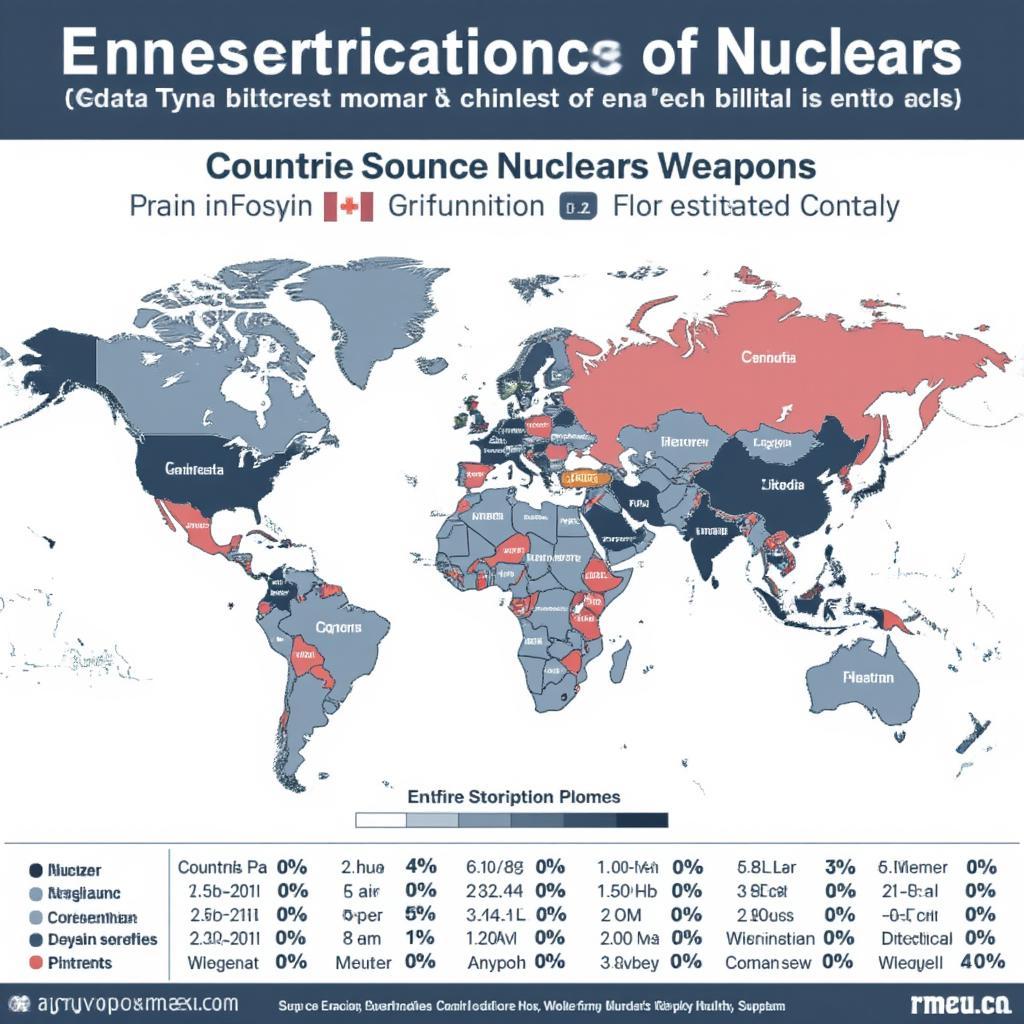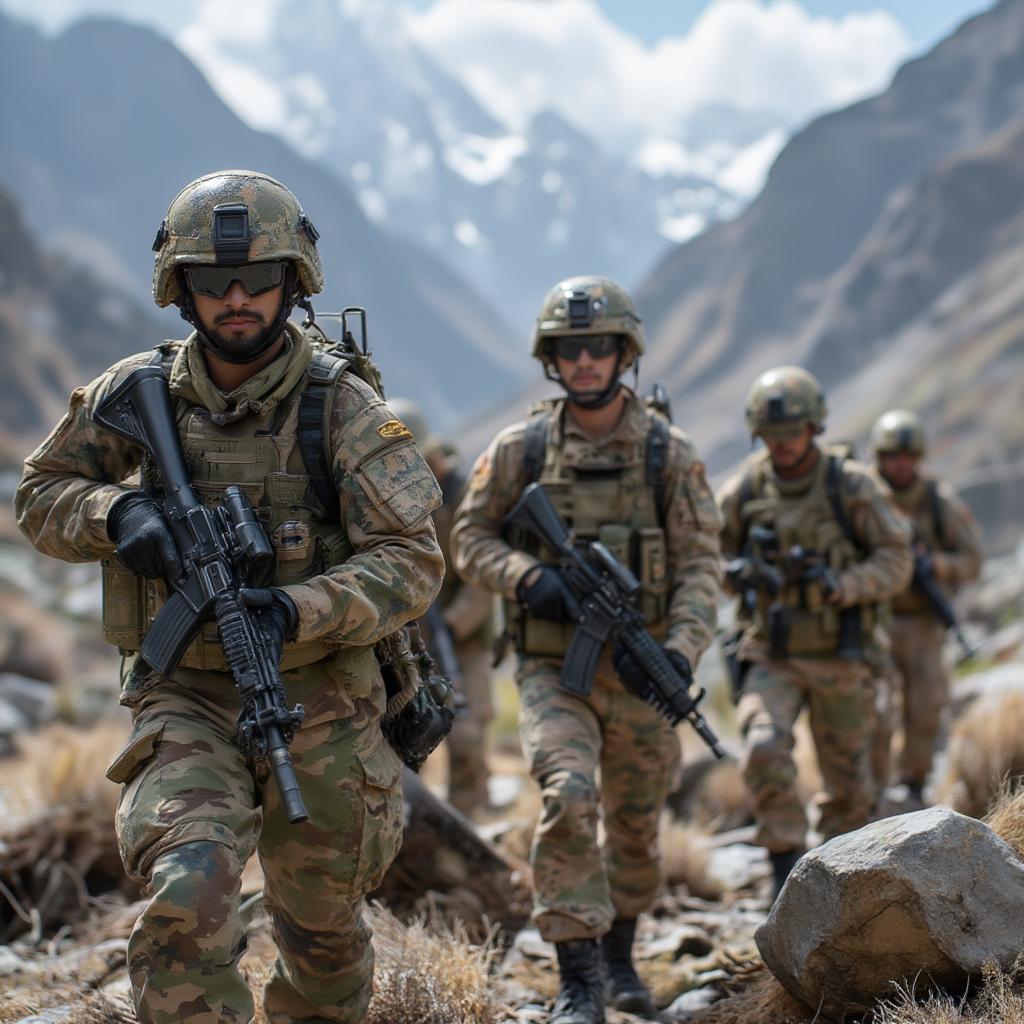Military Soccer World Cup: A Tournament of Camaraderie and Competition

The Military Soccer World Cup, also known as the CISM World Military Football Championship, is a prestigious international football tournament for military teams from around the globe. This championship, organized by the International Military Sports Council (CISM), embodies the spirit of sportsmanship, fostering camaraderie and understanding among armed forces personnel worldwide.
A Brief History of Military Football
The origins of military football can be traced back to the early 20th century, with informal matches taking place between military units. As the popularity of the sport grew, the need for a formalized competition became apparent. CISM, established in 1948, took on the responsibility of organizing the Military World Cup, with the first official tournament held in 1946. Since then, the competition has evolved significantly, attracting participation from nations across continents and showcasing exceptional football talent within the armed forces.
Early Years and Development
The initial tournaments were primarily dominated by European teams, reflecting the strong footballing culture in the region. However, over time, the competition has become increasingly diverse, with nations from Asia, Africa, and the Americas emerging as strong contenders. This global participation underscores the universal appeal of football and its ability to transcend cultural and geographical boundaries.
The Format and Structure of the CISM World Military Football Championship
The Military Soccer World Cup follows a structured format, similar to other major international football tournaments. Participating teams are divided into groups, with each group engaging in a round-robin stage. The top teams from each group then progress to the knockout phase, culminating in the final match to determine the champion. The tournament typically spans several weeks, providing ample opportunities for teams to showcase their skills and compete at the highest level.
Qualification and Participation
Teams qualify for the Military Soccer World Cup through regional CISM tournaments held in their respective continents. The number of qualifying teams varies depending on the region’s footballing strength and the number of participating nations. The qualification process ensures that the tournament features the most competitive military teams from around the world.

The Significance of the Military Soccer World Cup
Beyond the thrill of competition, the Military Soccer World Cup carries a deeper significance. It promotes peace and understanding among nations, using sport as a common language to bridge cultural divides. The tournament allows military personnel from different backgrounds to interact, fostering camaraderie and building relationships that extend beyond the football field.
Promoting Peace Through Sports
“The Military World Cup isn’t just about winning; it’s about building bridges between nations,” says retired Colonel Antonio Rodriguez, former head coach of the Brazilian Military Football Team. “The shared passion for football creates a unique bond between soldiers who might otherwise be adversaries.”

Developing Leadership and Teamwork Skills
The tournament also serves as a platform for developing crucial leadership and teamwork skills among military personnel. “The pressure and demands of competing at such a high level cultivate essential qualities like discipline, communication, and strategic thinking,” notes Dr. Emily Carter, a sports psychologist specializing in military athletes. These skills are invaluable not only on the football field but also in military operations and everyday life.
The Future of the Military Soccer World Cup
The Military Soccer World Cup continues to grow in popularity and prestige, attracting increasing media attention and global viewership. The tournament’s future looks bright, with plans to expand participation and further enhance the overall experience for players and spectators alike.
“We are committed to making the Military World Cup even more inclusive and competitive,” states General Pierre Moreau, President of CISM. “Our goal is to showcase the best of military football while upholding the values of friendship and solidarity.”
Embracing Technological Advancements
The tournament is also embracing technological advancements to enhance the viewing experience for fans around the world. Live streaming, interactive platforms, and social media engagement are being utilized to connect with a wider audience and promote the Military World Cup on a global scale.
Conclusion
The Military Soccer World Cup is more than just a football tournament; it is a testament to the power of sport to unite people from different backgrounds and promote peace and understanding. The championship offers a unique blend of athleticism, camaraderie, and cultural exchange, making it a truly special event in the world of sports. The Military Soccer World Cup will undoubtedly continue to inspire and captivate audiences worldwide for years to come. The tournament serves as a powerful reminder of the shared humanity that exists even amidst the complexities of global politics and military operations.




